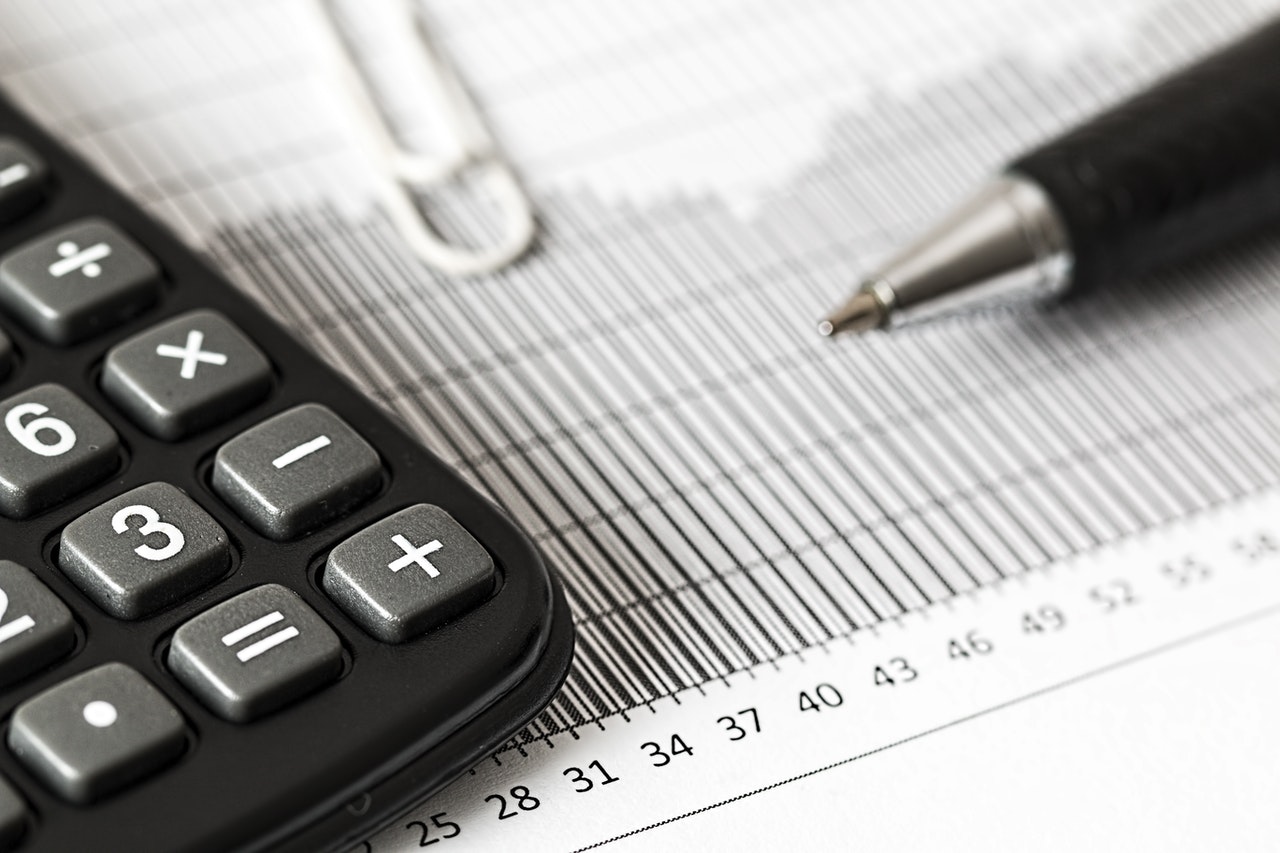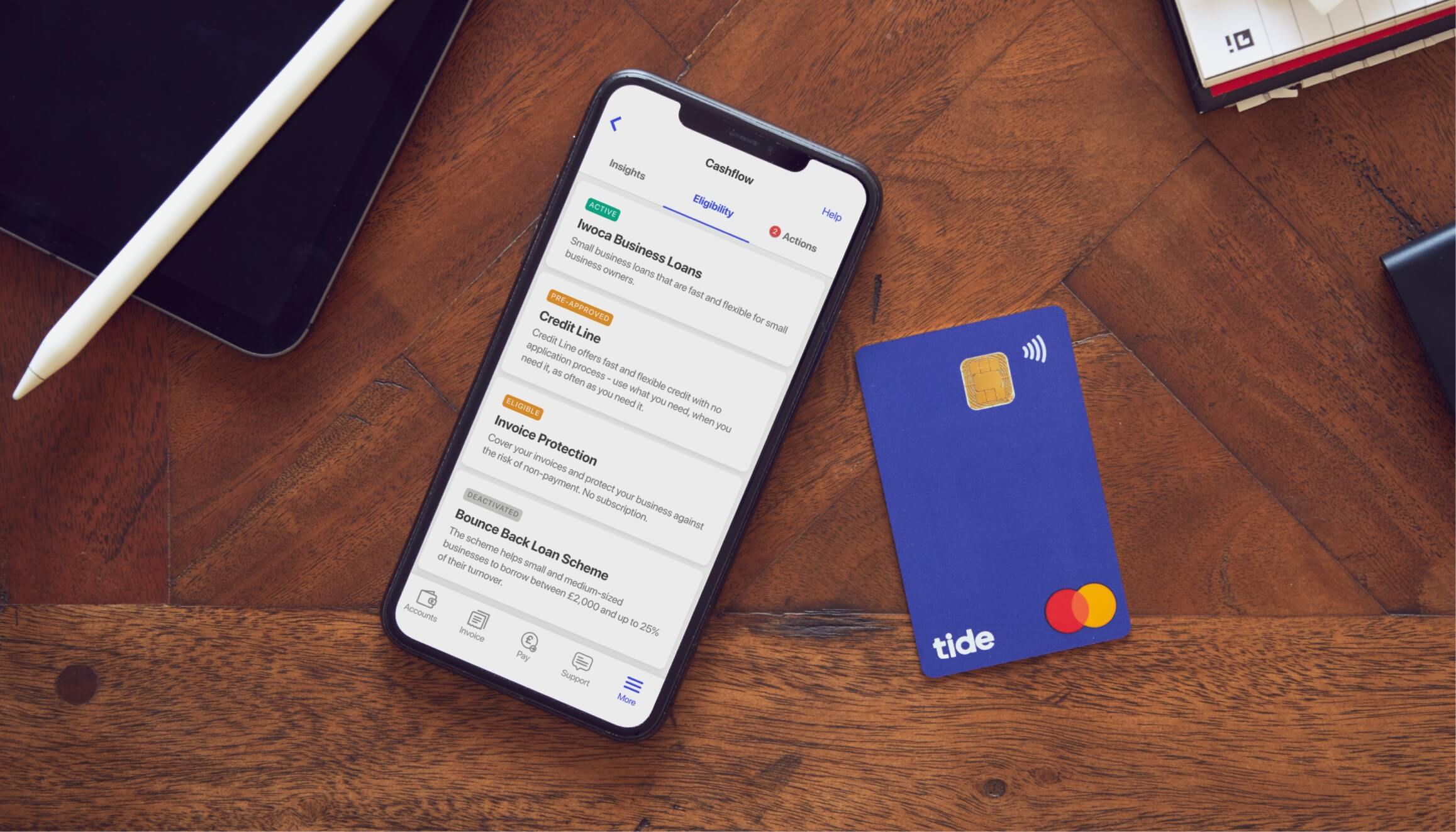
How to register a business in the UK

Registering your business is the first step in turning your new venture into a reality. It means you can start marketing yourself as a business and presenting yourself to clients as a legitimate person or organisation to trade with.
In this post, we’ll explain how to register a business in the UK and show you how to register your business in the structure that’s right for you.
We will explore the main business registration options – sole trader, limited company and business partnership.
Table of contents
- How to register as a sole trader
- How to register a business partnership
- Types of business partnerships
- How to register as a limited company
- How many types of limited company are there?
- Is it easy to turn my sole proprietorship into a limited company?
- Wrapping up
How to register as a sole trader
You can register for Self Assessment with HMRC on the Gov.uk website or by completing an SA1 form. By registering as a sole trader, you are essentially telling HMRC that you are becoming self-employed, or receiving income from additional sources.
You will need to file a tax return every year. Tax returns can also be filed by you or your accountant. You’ll need to familiarise yourself with tax deadlines, as there are fines for submitting your return late.
What you’ll need to complete the registration
- Your National Insurance number
- Name, address and contact details
- A name and details for your business
For your business, this includes:
- Start date of trading
- Trading activities
- Business address
There is no charge for registering as self-employed. If you are working from home, you can use your home address as your business address.
Choosing a name for your business
When becoming a sole trader, you can trade under your own name or choose another name that represents what you do. Your business name does not need to be registered but if you do choose one, you must include it on all official paperwork.
If you need to check if a business name is available, use our Name Checker.
According to HMRC, sole trader business names must not:
- Include ‘limited’, ‘Ltd’, ‘limited liability partnership’, ‘LLP’, ‘public limited company’ or ‘plc’
- Be offensive
- Be the same as an existing trademark — use HMRC’s trademark search tool to confirm
- Include a sensitive word or expression
- Suggest a connection with government or local authority, unless you have permission
Once you have completed the registration for Self Assessment, you’ll receive a Unique Tax Reference (UTR) number from HMRC (usually around 10 days after registration is completed). This is the proof that you are now self-employed.
How to register as a business partnership
Registering as a business partnership is similar to registering as a sole trader but you are sharing the tax responsibilities of a business with another person. You will only pay tax on your shares of the business.
You can register as a business partnership with HMRC online, or by completing an SA400 form. Remember – each partner needs to register separately. To register a partner on their behalf, you can also use an SA401 form.
What you’ll need to complete the registration
When setting up a business partnership, you will need:
- A business name
- Your name, address and contact details
- Your partner’s details
- The nature of your business
You will also need to decide who is the ‘nominated partner’. This person is responsible for sending tax returns on behalf of the partnership.
Types of business partnerships
There are different types of business partnerships, each with their own requirements:
‘Ordinary’ partnership
Similar to a sole trader set-up and a flexible way for two people to run a business together. The partnership must be registered for Self-Assessment with HMRC but must dissolve if one partner leaves.
Limited partnership
A combination of ordinary and limited partners (i.e. a sole trader and limited company). Limited partnerships must register with Companies House but usually aren’t required to make an annual return or file accounts as a partnership. Limited partners are only liable for the money they’ve personally invested and the guarantees they’ve given to raise capital for the partnership.
Limited liability partnership (LLP)
Similar to a limited company, where members have limited liability. LLPs are taxed as a partnership but must follow the same processes as limited companies including registering with Companies House, sending an annual return and filing accounts.
Each option is different in terms of registering and running the business but they do share some commonalities, including:
- Each partner shares the responsibilities, cost and risk of running a business
- Partners can be ‘sleeping’ or ‘silent’ partners who provide investment but don’t get involved with the day-to-day running of the business
- Profits and gains are shared between partners
- Each partner must register for Self Assessment and complete a tax return
- Partners are responsible for paying their own tax and National Insurance on their share of profits and gains
- One partner must complete a partnership return
- Partners must keep income and expense records
- Partners must use their own assets to raise capital for the business
How to register as a limited company
To register your business as a limited company, you can either register with Companies House directly, through your accountant, or with an authorised third party agent.
With Tide, you can register a limited company, open a business bank account and get your certificate of incorporation all in one go.
Cost of registering a company
The cost of registering a limited company and how long the process takes depends on the method of registration.
- Registering yourself online costs £50 and set up takes around 24 hours
- Registering yourself by post costs £71 and set up takes 8-10 days
- If you need to register on the same day, you must complete registration by 3pm and pay a fee of £78
- Prices for third-party agents and software vary depending on the provider
However, registering your business with Tide is only £14.99 instead of £50. We’ll take care of the rest for you.
What you’ll need to complete the registration
To set up as a limited company with Companies House, you’ll need:
- A company name and address (with Tide you can get a virtual office address).
- At least one director (including their name, address and date of birth).
- A least one shareholder (the shareholder and director can be the same person).
- A company memorandum and articles of association – documents that spell out how your company will run, signed by all directors, shareholders and the company secretary (if you have one).
- A statement of capital and initial shareholdings. This is a snapshot of your company’s share capital at a certain date.
- A statement of compliance or guarantee (if you’re registering a non-profit company). This is not a written statement, rather a collection of authorisation signatures from each of your company subscribers.
Choosing a name for your company
Your company name must end in ‘Limited’ or ‘Ltd’ or the Welsh equivalents ‘Cyfyngedig’ or ‘Cyf’ if your company is registered in Wales.
It needs to be original too. If your name is the same or too similar to another name, you may have to change it.
To use Gov.uk examples:
- ‘Hands UK Ltd’ and ‘Hand’s Ltd’ are the same as ‘Hands Ltd’.
- ‘Easy Electrics For You Ltd’ is too similar to ‘EZ Electrix 4U Ltd’
Remember, our Name Checker tool means you can see straight away if your business name is available.
Companies House also states that names cannot contain any sensitive words or expressions, cannot be offensive, and cannot suggest a connection to the government or a local authority without permission.
Limited or Ltd must be added to the end of your company name unless you have registered as a private company limited by guarantee.
Something to keep in mind is that a business name is different from a trading name. You can choose one name as your official business name but then another or several others to trade under. For example, ‘Asda Stores Ltd’ trades in the UK as ‘Asda’.
Once you’ve chosen a business name and completed the application, make sure to check all details carefully before submitting it. Any information that needs to be changed at a later date may incur a charge.
How many types of limited companies are there?
There are several different kinds of limited companies that can be set up in the UK.
Private limited company – limited by shares (Ltd.)
This is the most popular kind of limited company. With this kind of company, the public isn’t able to buy shares in the business and shareholders are only responsible for their percentage of investment. So if a shareholder invests 40% of the cost of the business, they are responsible for 40% of the company.
Private limited company – limited by guarantee (LBG)
A company limited by guarantee does not have any shareholders. Instead, it is owned by guarantors who pay a set amount towards company debts. The most common examples of limited by guarantee companies are non-profits such as workers co-operatives, membership organisations and sports clubs whose owners want to benefit from limited financial liability.
Public limited company (PLC)
This is similar to a private limited company, except that shares are offered to members of the public. Taking a company public requires at least two directors and shareholders, a company secretary and a minimum of £50,000 of issued share capital.
Private unlimited company
This kind of company formation is rarely used. With a private unlimited company, all shareholders are responsible for business liabilities and are required to share the debt. Companies do not need to submit annual returns or financial statements in the way that other companies do, which allows them to remain private.
Is it easy to turn my sole proprietorship into a limited company?
There are many reasons why you may want to change your registered business structure. As you grow, the act of sharing the liability for your business, having greater borrowing power, a more efficient tax structure and more credibility with clients may fall in line with your needs.
If you do decide to move forward, it’s a relatively easy process to make the change. You’ll need to notify HMRC that your structure has changed, choose a name for your company, set up a business bank account and speak with an accountant to discuss your new responsibilities and options.
Wrapping up
When registering a business, you need to go with the structure that best meets your tax, financial, administrative and professional needs.
This means first deciding whether to register as a sole trader or a limited company and then choosing a business name. If you decide to register as a business in the UK, follow the steps in this guide to make sure you register correctly.
Registering your business with Tide is incredibly fast and easy. Remember – you only pay £14.99, and we’ll take care of the rest. Be your own boss and register your company with Tide today🎉






